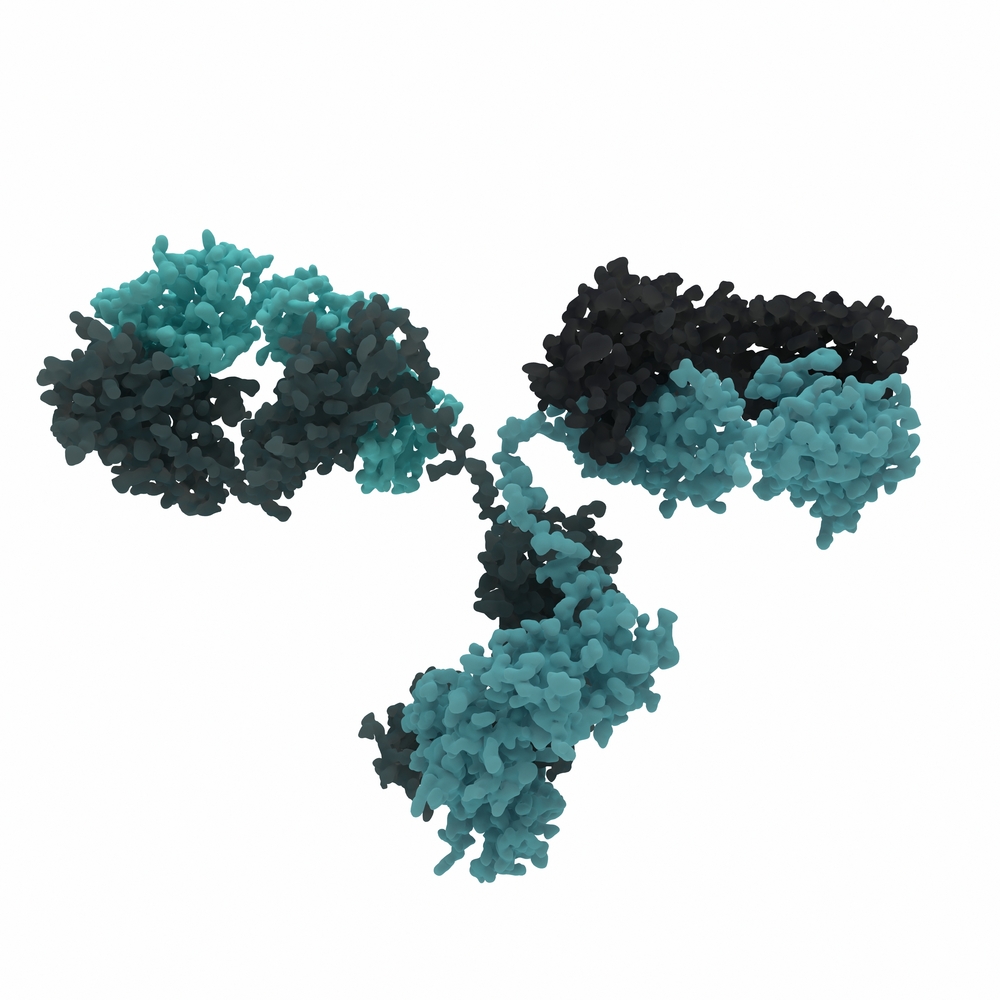MOUSE ANTI-INFLUENZA A ANTIBODY (Y77)
Mouse anti Influenza A antibody (clone Y77) is suitable for Influenza A nucleoprotein detection. The antibody does not cross react with Adenovirus or Respiratory Syncytial virus.
PRODUCT DETAILS – MOUSE ANTI-INFLUENZA A ANTIBODY (Y77)
- Mouse anti-Influenza A monoclonal IgG1 antibody (clone Y77).
- Antibody detects the nucleoprotein.
- Greater than 95% purity by SDS-PAGE and buffered in PBS, pH7.4.
BACKGROUND
Influenza viruses are enveloped, segmented, negative-sense, single-stranded RNA viruses of the Orthomyxoviridae family. There are three major antigenic types of influenza that are clinically relevant to humans. These are classified as influenza A, B and C. Influenza A viruses affect humans and bird populations, whilst influenza B and C only infect humans. Influenza A viruses are the most virulent human pathogens among the three influenza types and are the predominant cause of seasonal and pandemic influenza (Bouvier, NM).
Influenza A viruses are further divided into subtypes based on the expression and combination of two envelope glycoproteins called haemagglutinin (H, also referred to as HA) and neuraminidase (N), which are important targets for the immune system. Influenza A viruses undergo high rates of mutation and gene rearrangement which lead to antigenic variations of these glycoproteins. There are 18 H subtypes and 11 N subtypes recognised to date (CDC). The subtypes currently circulating among the human population are influenza A(H1N1) and influenza A(H3N2) (WHO).
In most healthy individuals, Influenza A causes a self-limiting respiratory illness, but the virus can cause severe illness or death in the elderly and high-risk patients. Transmission of the virus from human to human is predominantly via contact with airborne droplets containing virus, from an infected individual. It can also be spread through contact with contaminated hands or surfaces.
Effective vaccines are available for individuals at risk of developing severe disease, but vaccinations need to be developed and administered annually due to the evolving nature of the virus.
REFERENCES
- Bouvier, N.M. and Palese, P. (2008). The Biology of Influenza viruses. Vaccine.26(Suppl 4): D49–D53.
- Center for Disease Control and Prevention: Influenza type A viruses
- World Health Organization: Influenza (seasonal)

